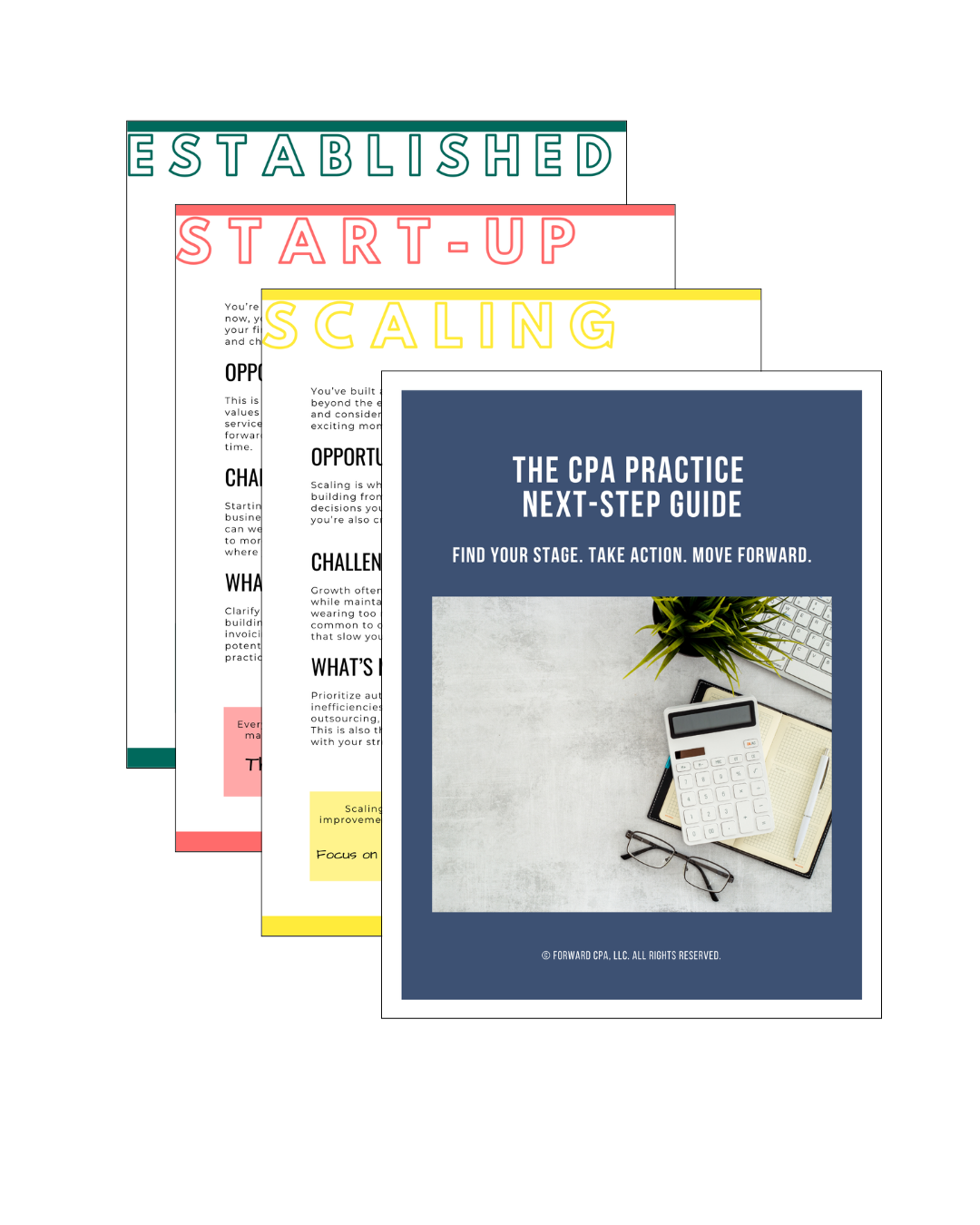Why Your Audit Process Feels Broken (And What You Can Do About It)
May 14, 2025
If you’re a CPA who audits school districts, cities, counties, or other government entities, you’ve probably had this thought more than once:
“Why does this process feel harder than it has to be?”
You're not imagining it.
Governmental audits come with layers of regulation, tight deadlines, and pressure from all sides—yet most firms are still running them using manual checklists, cobbled-together spreadsheets, and outdated templates.
The result?
-
Disorganized files
-
Repetitive work
-
Stressed-out teams
-
Delayed reviews
-
A whole lot of frustration
The process feels broken—because in many ways, it is. But the fix isn’t a total overhaul. It’s about identifying the friction points and addressing them strategically.
Here’s what’s really holding your audits back—and what you can do to fix it.
1. You’re Rebuilding the Same Workpapers Every Year
How much time do you spend recreating the same schedules, pulling last year’s audit files, or rebuilding tables for note disclosures from scratch?
Every audit should build on the last one—but for most firms, it feels like you’re starting from zero every time.
🔧 What to Do Instead:
-
Create reusable templates for each section of the audit (cash, revenue, capital assets, etc.)
-
Build a library of note disclosures that you can customize quickly
-
Set up master checklists so staff don’t have to guess where to start
The more structure you create, the more consistent—and scalable—your audits become.
2. Manual Processes Are Draining Your Time
How much time do you or your team spend:
-
Sending follow-up emails for missing PBCs
-
Formatting financial statements
-
Copying and pasting between Excel files
-
Rewriting the same audit programs year after year?
Manual effort like this doesn’t add value—it just eats up time you could be spending on risk assessment, analysis, or client communication.
🔧 What to Do Instead:
-
Automate recurring tasks
-
Use document request tools that send reminders automatically
-
Create pre-filled audit program templates based on fund type or audit area
You don’t need to replace your judgment—you just need to replace the busywork.
3. Your Audit Program Isn’t Built for Government-Specific Risks
Governmental audits require a very different lens than for-profit engagements.
If you’re working from a generic audit program—or adjusting last year’s file on the fly—you’re risking oversights, inefficiencies, and wasted hours.
🔧 What to Do Instead:
-
Use government-specific audit programs built around GASB and Yellow Book requirements
-
Tie each procedure directly to your risk assessment and internal control understanding
-
Maintain a library of audit steps for major programs, fund types, and common findings
A program designed for small businesses won’t cut it for a school district subject to Uniform Guidance.
4. Review Bottlenecks Are Slowing Everything Down
Even with a great team, reviews often get stuck. Why?
Because the preparer and reviewer aren’t aligned—and there’s no clear workflow to track where files are or what needs attention.
🔧 What to Do Instead:
-
Break audit files into reviewable sections and allow for rolling review as work is completed
-
Use a status tracker to see where each section stands—ready for review, in progress, waiting on client
-
Build checkpoints into your workflow so issues don’t pile up all at once
Better visibility means fewer surprises—and faster delivery.
5. You’re Doing Too Much of the Work Yourself
If you’re still the one drafting the statements, formatting footnotes, and writing up findings, you’re not just overloaded—you’re limiting your capacity to grow.
You might be hesitant to delegate because the process feels too fragile or inconsistent—but that’s exactly why building a better system matters.
🔧 What to Do Instead:
-
Train staff using recorded walkthroughs or standard templates
-
Assign repeatable work like tie-outs, confirmations, and footnote prep to junior staff
-
Reserve your time for planning, review, and complex problem-solving
You can’t grow (or breathe) if everything depends on you.
You Don’t Need to Start Over—You Just Need a Better System
If your governmental audit process feels broken, it’s not because you’re doing something wrong—it’s because the tools and workflows most firms use aren’t built for what this kind of work really demands.
Here’s what you can do next:
✅ Start building a template library for note disclosures and audit steps
✅ Automate your client document requests
✅ Create one master checklist this month
✅ Record one repeatable process to train staff
Start small. Fix one piece at a time.
Because when your audit process is streamlined, documented, and easy to delegate, everything gets better:
🕓 You save time
📈 You improve quality
🙌 You reduce stress
🚀 And you make space to grow
Your Next Step Forward
Join the newsletter designed to help CPAs take the next best step in building a practice they love, with practical insights, game-changing tools, and quick wins in every email.
We hate SPAM. We will never sell your information, for any reason.




